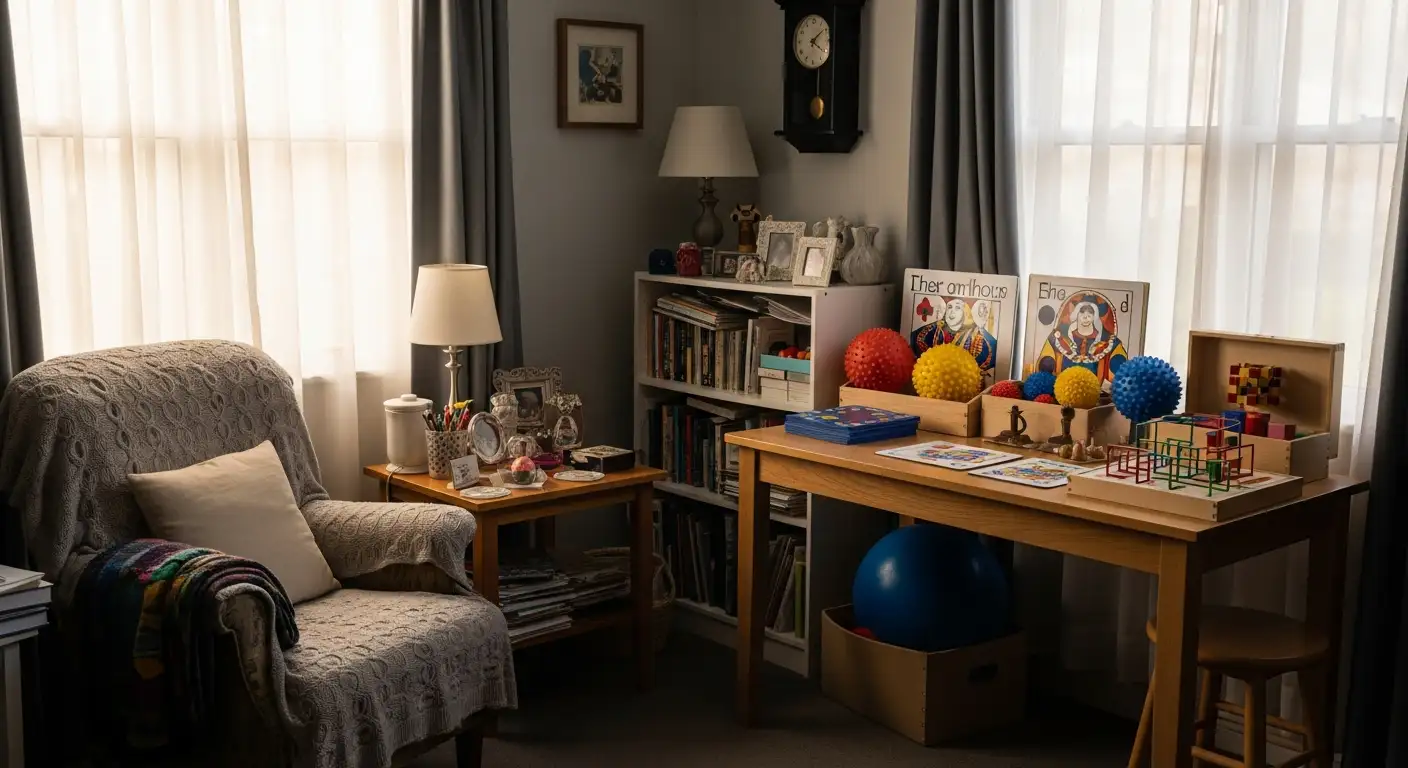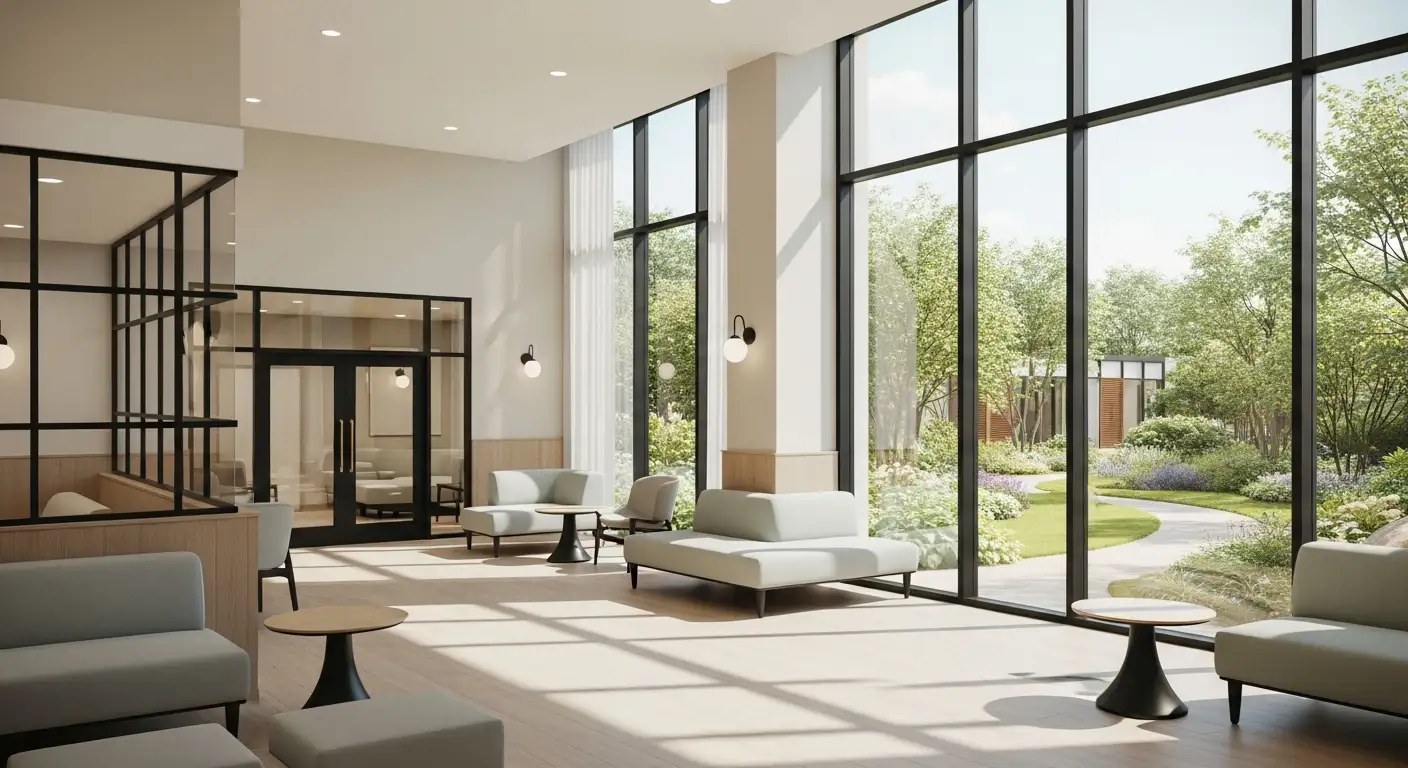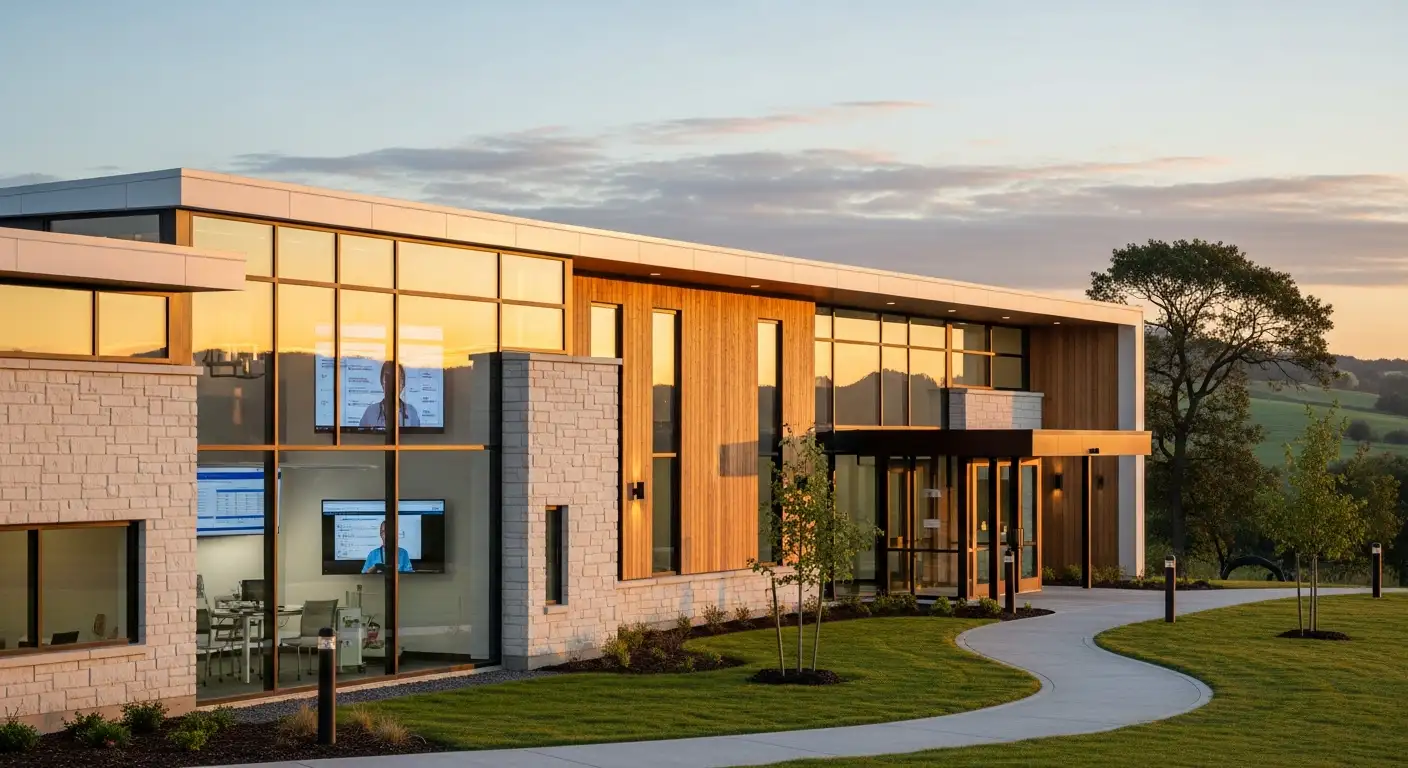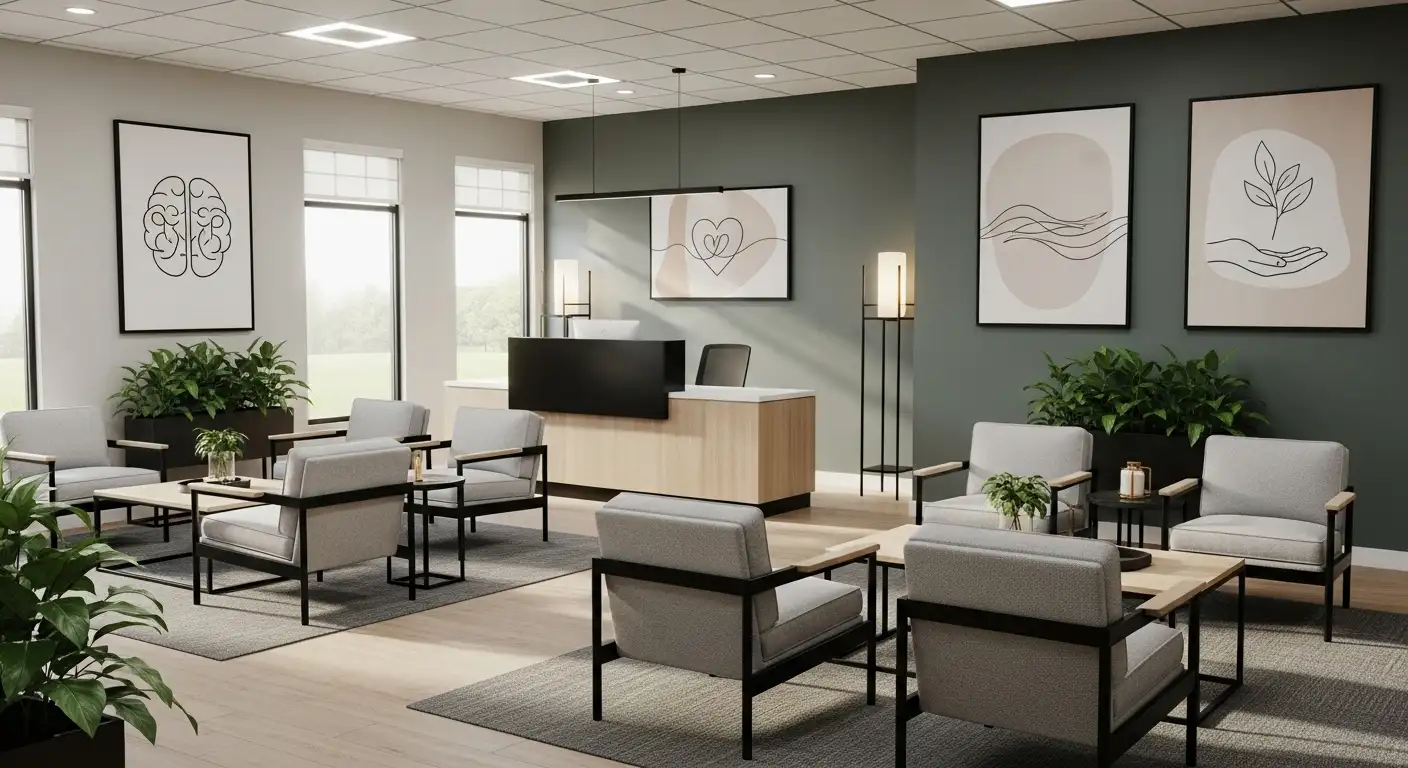Understanding Reminiscence Therapy in Memory Care
Reminiscence therapy is a well-established psychosocial intervention used within memory care communities to enhance the quality of life for individuals with dementia. This therapy harnesses the power of long-term memories by encouraging residents to recall, share, and cherish past experiences, often through sensory prompts such as photographs, music, familiar objects, and environmental cues. Developed from models of autobiographical memory and life review, reminiscence therapy can be delivered both in individual and group settings, emphasizing a person-centered approach tailored to each individual's background and preferences. Its core purpose is to reinforce identity, foster emotional well-being, and facilitate meaningful social engagement among residents.
Defining Reminiscence Therapy and Its Foundations

What is reminiscence therapy?
Reminiscence therapy is a form of psychosocial intervention designed to help individuals with dementia recall and share meaningful life experiences. Using prompts such as photographs, music, or familiar objects, this therapy encourages reflection on past events, fostering positive emotions and reinforcing personal identity. It can be conducted one-on-one, in groups, or with family, depending on the individual’s needs.
This approach is shown to support cognitive functions, improve mood, reduce feelings of loneliness, and decrease behavioral problems like agitation and depression. By revisiting personal memories, individuals often experience increased self-esteem and a sense of purpose.
The theoretical basis of RT, including life review and autobiographical memory
Reminiscence therapy is grounded in theories of life review and autobiographical memory, which suggest that long-term memories, especially from childhood and earlier life stages, tend to remain accessible even in moderate to severe dementia. The process leverages this retained memory to help individuals reconnect with their past identities.
The life review concept, pioneered in the 1960s, involves reflecting on life experiences in a structured way, often leading to emotional resolution and acceptance. Autobiographical memory refers to the personal recollections that create a narrative of one’s life, providing continuity and meaning, which RT aims to strengthen.
The method of using stimuli like photos, music, and objects to evoke memories
RT employs sensory stimulation and visual aids to prompt recollections. Common stimuli include photographs of family and past events, music from the individual’s youth, scented perfumes, and familiar objects from earlier eras. These stimuli activate brain regions associated with long-term memory, facilitating recall.
Activities may involve creating memory boxes, listening to personalized playlists, or discussing old hobbies and hometown experiences. Such engagement not only evokes memories but also elicits emotions, storytelling, and social interactions, contributing to the therapy’s overall benefits.
Documented Benefits of Reminiscence Therapy in Dementia Care

What are the benefits of reminiscence therapy for dementia patients in memory care settings?
Reminiscence therapy (RT) is widely supported as an effective non-drug approach for individuals with dementia in memory care. It has demonstrated improvements in cognitive functions, mood, and overall well-being. By using prompts like photographs, music, and sensory stimuli, RT helps residents reconnect with their past, fostering feelings of competence and joy.
Studies show that RT enhances communication skills, boosts self-esteem, and increases social engagement among residents. It also contributes to reducing feelings of loneliness and boredom, which are common in memory care environments.
In addition, RT helps caregivers develop a better understanding of each person's life history, allowing for more personalized and meaningful interactions. This person-centered approach supports emotional stability and enhances the quality of life for dementia patients.
How effective is reminiscence therapy in improving mental health and reducing agitation among memory care residents?
Research indicates that reminiscence therapy can significantly decrease depression and neuropsychiatric symptoms such as agitation and anxiety. Meta-analyses of multiple studies highlight reductions in depressive symptoms and improvements in mood following RT sessions.
Residents receiving RT often show enhanced cognitive retention, particularly of autobiographical memory, which remains relatively preserved in early to moderate stages of dementia. This can lead to calmer behaviors and decreased wandering or agitation. Sensory inputs like familiar music or scents evoke positive memories and emotional responses, further contributing to behavioral improvements.
While effects can vary depending on individual circumstances, consistent RT engagement generally supports mental health, promotes social interaction, and creates a sense of purpose, all of which are crucial for residents’ well-being.
Practical Activities and Strategies in Delivering RT
 Reminiscence therapy (RT) in memory care settings involves a variety of practical activities designed to stimulate individuals’ memories and foster emotional connection. Common activities include using familiar objects such as old photographs, memorabilia, and everyday items that evoke specific periods or experiences from the past. Music plays a vital role, with caregivers often playing favorite songs or tunes from the resident's youth to trigger nostalgic feelings and memories.
Reminiscence therapy (RT) in memory care settings involves a variety of practical activities designed to stimulate individuals’ memories and foster emotional connection. Common activities include using familiar objects such as old photographs, memorabilia, and everyday items that evoke specific periods or experiences from the past. Music plays a vital role, with caregivers often playing favorite songs or tunes from the resident's youth to trigger nostalgic feelings and memories.
Sensory stimulation is also central to RT, involving activities that engage touch, smell, and taste. For example, handling textiles like clothing from bygone eras, enjoying scents associated with specific memories (like baked goods or perfumes), or tasting era-appropriate recipes can enhance recall by activating multiple senses.
Structured approaches in RT include storytelling and guided conversations. Facilitators encourage individuals to share past experiences, often using open-ended questions that promote storytelling about hometowns, families, or former careers. Life review sessions help consolidate autobiographical memories, providing a sense of identity and purpose.
Delivery formats of RT are flexible. It can be performed one-on-one, in small groups, or led by caregivers and family members with minimal training. Group sessions foster social interaction and shared reminiscence, while individual sessions allow for personalized engagement tailored to the person's history and preferences.
Overall, these multisensory and person-centered strategies aim to improve emotional well-being, maintain cognitive skills, and strengthen social bonds, making reminiscence therapy a valuable component of dementia care.
Impact of RT on Cognition, Emotional Health, and Self-Perception
 Reminiscence therapy (RT) is well-recognized for its positive influence on older adults, especially those experiencing memory difficulties. Studies indicate that RT helps improve cognitive abilities, including verbal skills and memory recall. By engaging with familiar stimuli like photographs, music, or objects from the past, residents can activate brain regions related to long-term memory, which tend to be preserved longer in dementia.
Reminiscence therapy (RT) is well-recognized for its positive influence on older adults, especially those experiencing memory difficulties. Studies indicate that RT helps improve cognitive abilities, including verbal skills and memory recall. By engaging with familiar stimuli like photographs, music, or objects from the past, residents can activate brain regions related to long-term memory, which tend to be preserved longer in dementia.
Emotionally, RT effectively reduces symptoms of depression, anxiety, and agitation. Meta-analyses of multiple studies show significant decreases in depressive symptoms, with one review illustrating a standardized mean difference of -0.38, signaling a notable reduction. Additionally, RT fosters a sense of happiness and emotional stability by allowing individuals to reconnect with positive memories, often leading to feelings of comfort and contentment.
In terms of self-esteem and overall psychological health, RT enhances individuals’ confidence and sense of identity. It encourages social interaction, storytelling, and personal expression, which help reinforce feelings of self-worth and purpose. Elderly individuals report increased satisfaction and a more positive outlook on life after participating in reminiscence activities.
Collectively, these benefits support RT as a valuable, accessible, and cost-effective intervention. Its ease of implementation in community or care settings, combined with minimal side effects, makes it an ideal tool for promoting mental well-being. Advances in emerging technologies, including AI-driven applications and digital platforms like GoodTimes, promise to further personalize and enrich reminiscence experiences, potentially amplifying their benefits in aging populations with memory impairments.
Reminiscence Therapy and Its Role in Enhancing Quality of Life
How does reminiscence therapy influence the quality of life in individuals with dementia?
Reminiscence therapy significantly benefits individuals with dementia by improving their overall quality of life. It does so primarily by helping residents recall positive past experiences, which evokes feelings of happiness and personal worth. This meaningful recollection often leads to better emotional well-being and a more optimistic outlook.
Engaging in social interactions during reminiscence sessions fosters a sense of connection and belonging. These activities, whether conducted in groups or one-on-one, stimulate conversations about personal memories, strengthening bonds with caregivers, family, and peers. As a result, residents often experience a decrease in feelings of loneliness and depression.
Moreover, reminiscence therapy provides sensory stimulation through images, music, and objects, which can enhance cognition and self-esteem. Its therapeutic effects extend beyond mood improvements to include increased social engagement and emotional fulfillment, contributing to a more satisfying and meaningful life for people with dementia.
Research, including meta-analyses of multiple studies, supports these outcomes, citing improvements in mood, reductions in neuropsychiatric symptoms, and overall enhancement of well-being. This aligns with recommendations from organizations such as the British Psychological Society and the National Institute of Clinical Excellence, emphasizing its value as a non-drug approach.
In summary, reminiscence therapy leverages life stories and sensory cues to evoke joyful memories, thereby enriching the emotional and social experience of individuals with dementia, and substantially improving their quality of life.
The Transformative Power of Memory in Dementia Care
Reminiscence therapy remains a vital, evidence-based approach within memory care communities, providing a non-pharmacological, cost-effective method to enhance cognitive function, emotional health, and overall well-being. Its integration into daily routines supports residents in maintaining their sense of self, fostering social connections, and achieving a higher quality of life. As research progresses and technology advances, personalized and multisensory reminiscence activities will continue to evolve, offering even greater benefits for individuals with dementia and supporting caregivers in their vital role.
References
- Effects of reminiscence therapy in people with dementia - PubMed
- Effectiveness of reminiscence therapy in reducing agitation and ...
- What Is Reminiscence Therapy for Dementia? | A Place for Mom
- Reminiscence Therapy for Alzheimer's and Dementia Care
- Benefits of Reminiscence Therapy - Elder Care Alliance
- Supporting those with dementia: Reminiscence therapy and life ...
- The Power Of Reminiscence In Memory Care - Tribute Senior Living
- 8 Considerations for Implementing at Your Senior Living Community



































































































